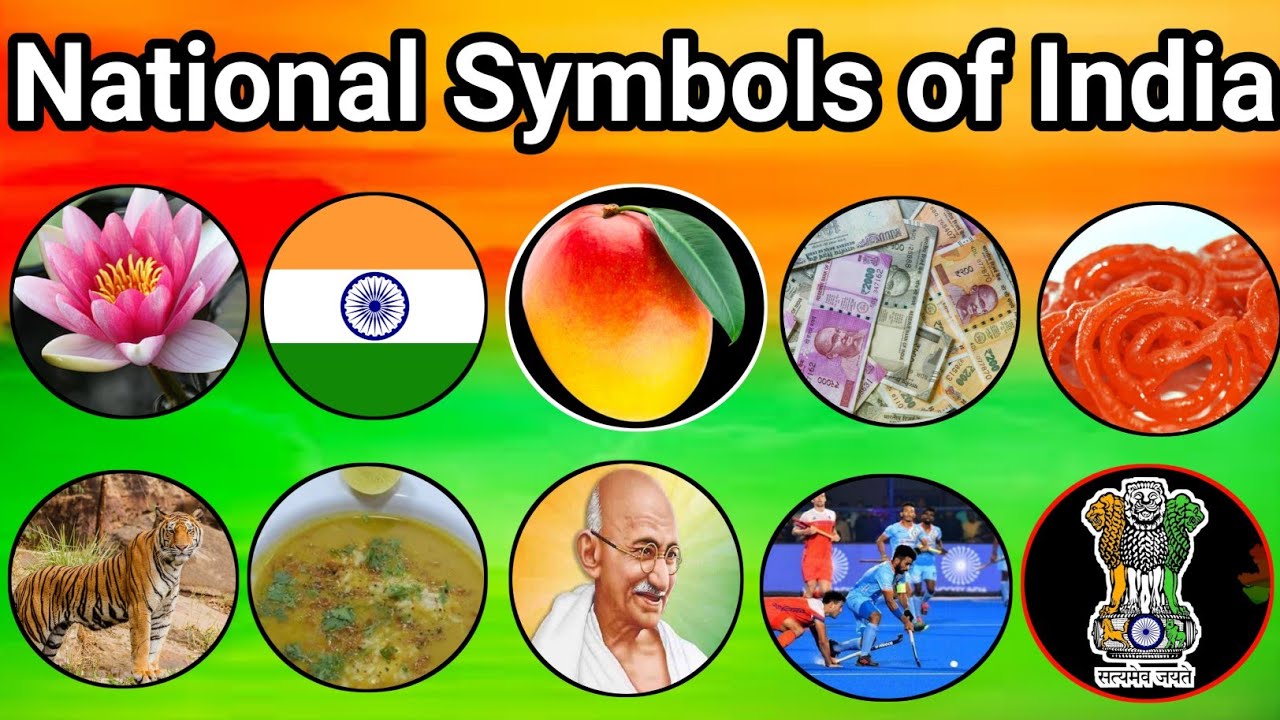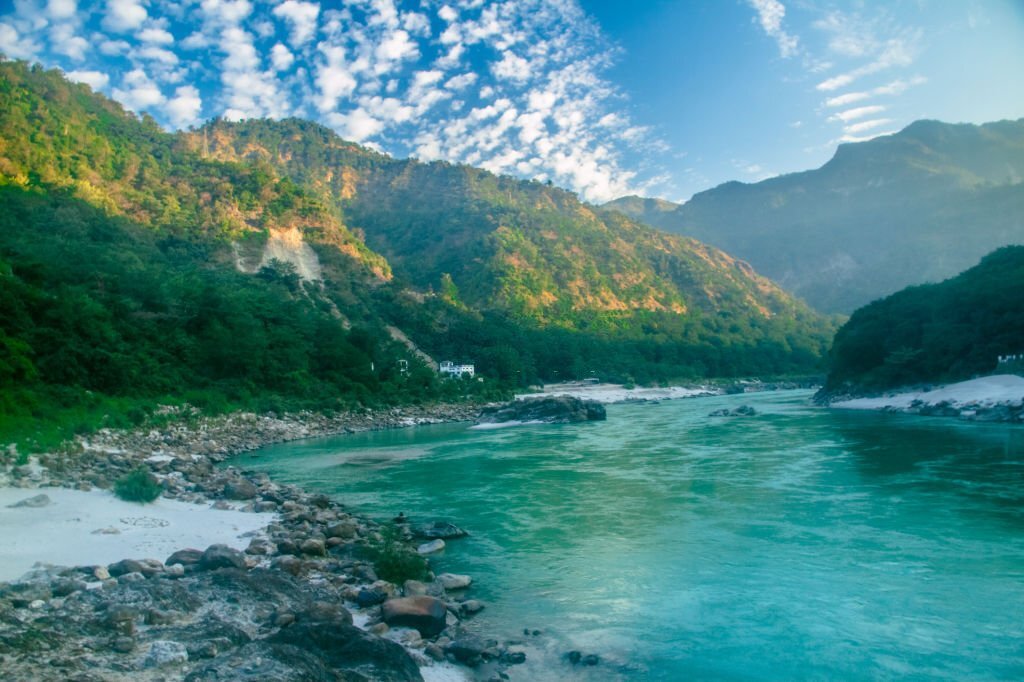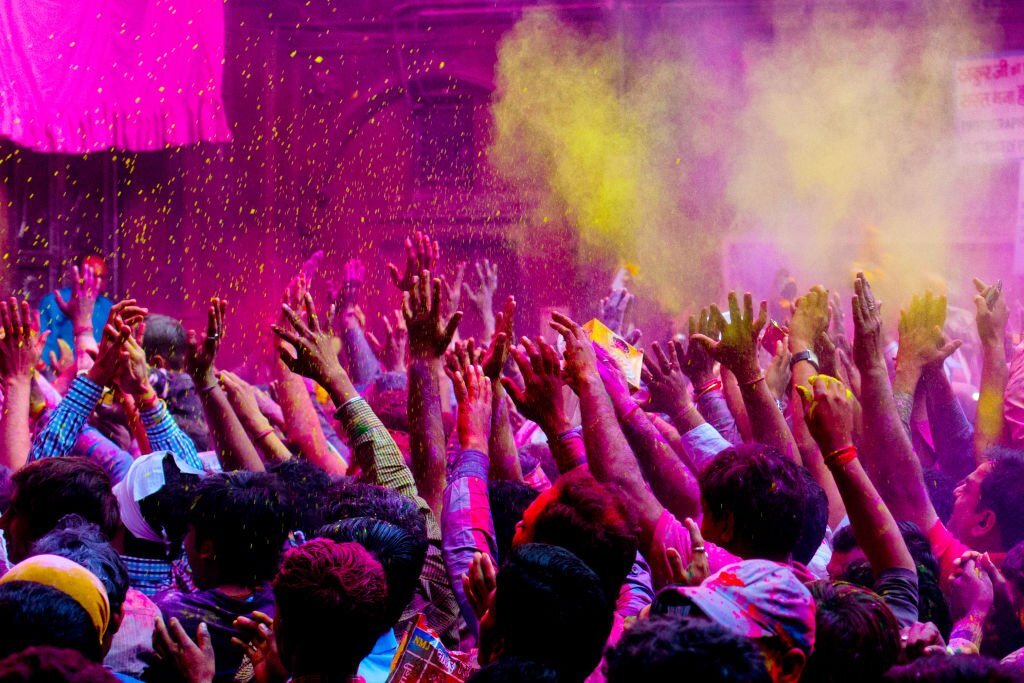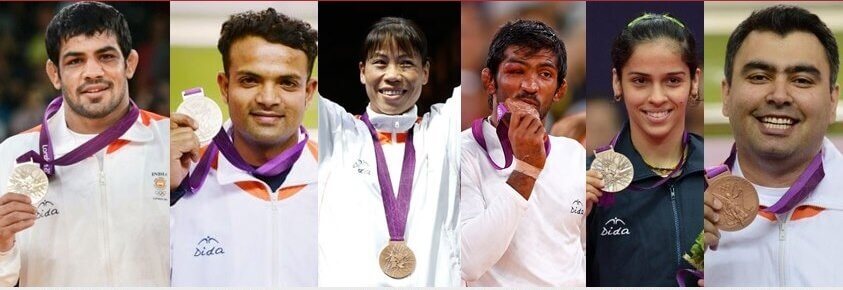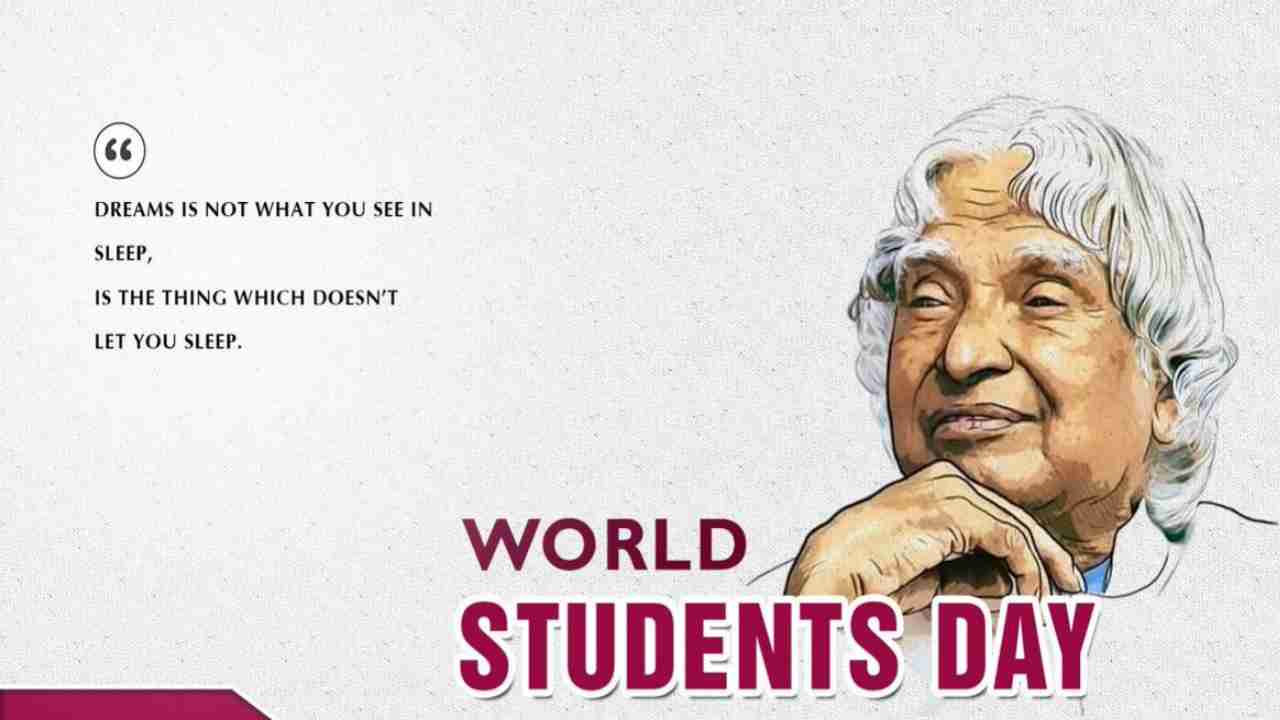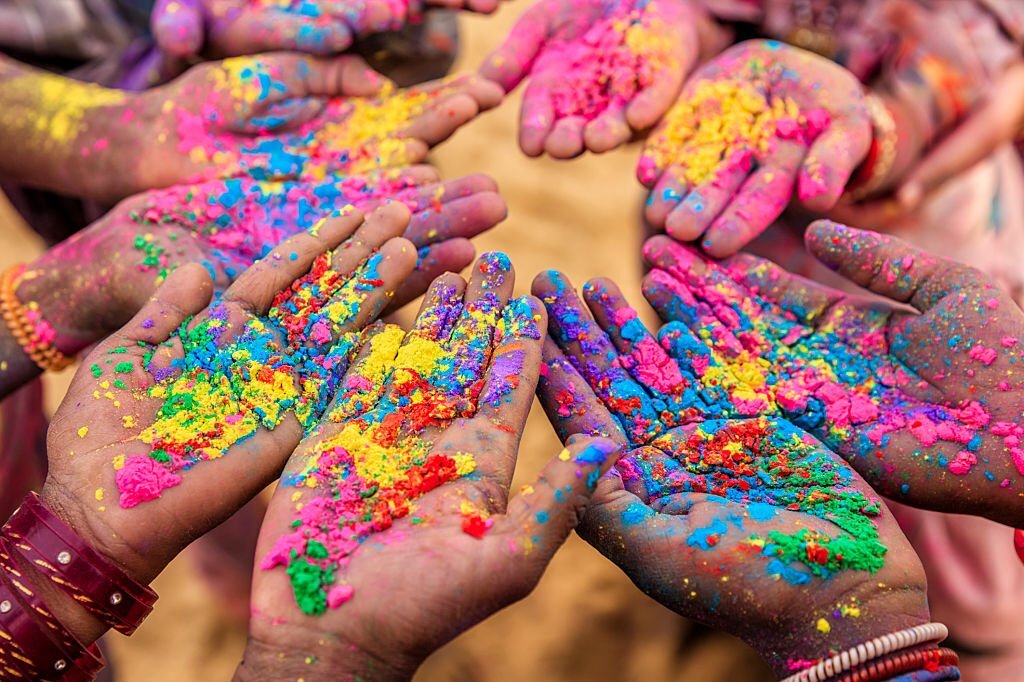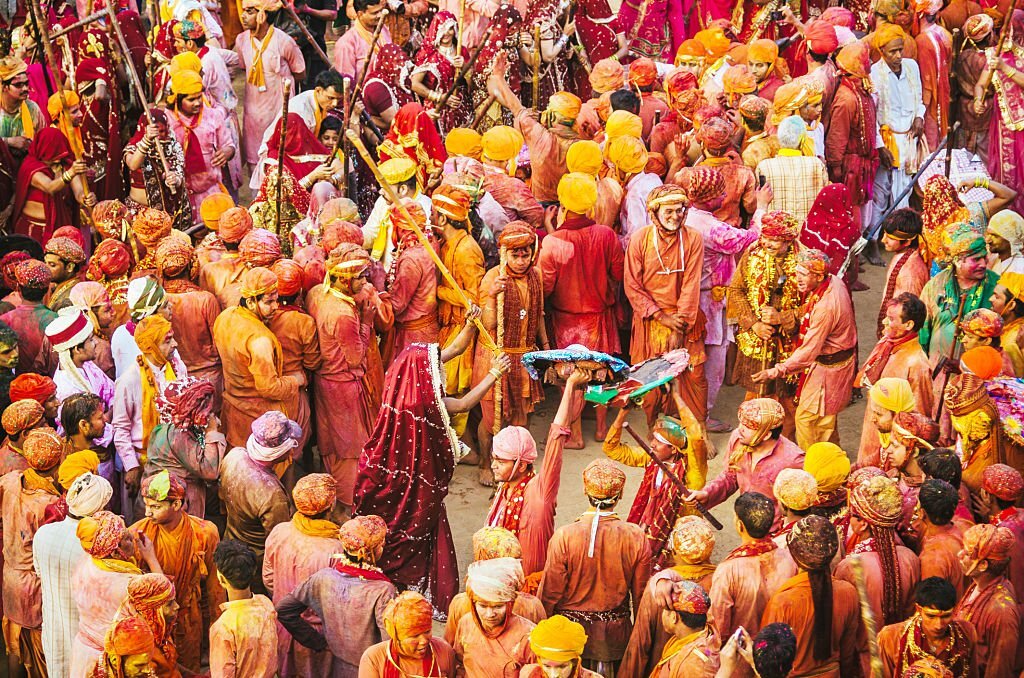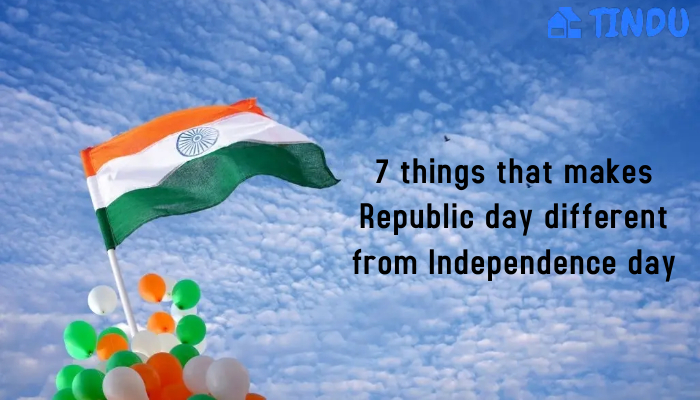The history and pride of India are represented via its national emblems. The culture and legacy of India are represented by these national emblems.
1. NATIONAL FLAG

The three hues saffron, white, and green are sequentially arranged one after the other in the rectangular Indian flags. Three different colours each using three horizontal breadths. These hues each have a unique meaning and symbolism. While white is a representation of purity, saffron is a symbol of bravery and sacrifice. Green, on the other hand, symbolises fertility. The Dharma Chandra is represented by a wheel with 24 adjacent spokes that is centred in the white area. The Indian Constituent Assembly approved the National Flag’s design on July 22, 1947.
2. NATIONAL BIRD
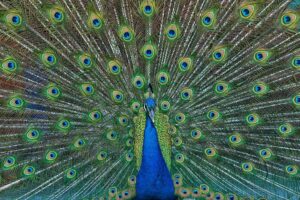
The National Bird of India, Pavo cristatus, is a colourful bird with a fan-shaped crest of feathers, a white patch beneath the eye, and a long, thin neck. It is the size of a swan. The species’ male is more colourful than the female, with a stunning bronze-green tail and breast that have 200 long, elongated feathers each.
Because it was an integral part of Indian tradition and culture, the peacock was named the national bird of India in 1963. A peacock represents elegance and beauty. The peacock’s widespread presence across the nation—so much so that even regular people are familiar with the bird—was another factor in its selection as the nation’s emblem. All of these criteria were met by the peacock, which later became India’s national bird.
3. NATIONAL ANIMAL

The tiger, often known as the Lord of the Jungle, is a symbol of India’s abundance in wildlife. The fundamental characteristics of the tiger are strength, agility, and power. With the launch of Project Tiger in April 1973, the Bengal Tiger was designated as the National Animal of India in order to safeguard tigers there. Before this, India’s national animal was the lion.
4. NATIONAL FLOWER
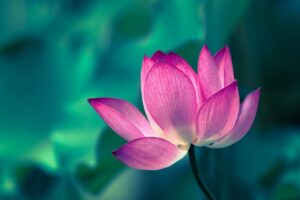
The lotus flower has a major role in Indian mythology. It is the flower of the goddess Laxmi and represents fertility, riches, and success. Additionally, it grows in a very unusual way in murky water, with a long stalk that rises far above the water and a flower on top. The lotus blossom is uncontaminated by impurities. It stands for virtue, success, longevity, and good fortune.
5. NATIONAL ANTHEM
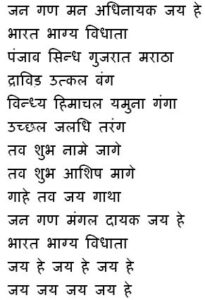
Rabindranath Tagore initially wrote the Bengali version of the national anthem of India, which is now sung in Hindi. On January 24, 1950, it became India’s national anthem. The non-Hindu sections of society opposed the Bengali song “Vande Mataram,” hence the Jana Gana Mana was chosen as India’s National Anthem.
6. NATIONAL FRUIT
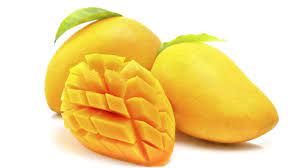
Since mangoes are indigenous to India, they are authentically Indian. In India, mangoes have been grown ever since the beginning of time. Mangoes’ taste has been described by numerous well-known poets throughout history, including the past. In Lakhi Bagh in Darbhanga, the great Moghul monarch Akabar had planted about 100,000 mango trees.
7. NATIONAL GAME

Despite cricket’s enormous popularity in India, hockey is still regarded as the national sport. When it was made the national sport, hockey, it was highly well-liked. The game experienced its golden age between 1928 and 1956, when India won six straight Olympic gold medals. Because of its unparalleled distinction and unparalleled quality at the time, hockey was regarded as the national game. India had already competed in 24 Olympic games and won them all at that point.
8. NATIONAL SONG
वन्दे मातरम् सुजलां सुफलां मलयजशीतलाम् शस्यशामलां मातरम् ।
शुभ्रज्योत्स्नापुलकितयामिनीं फुल्लकुसुमितद्रुमदलशोभिनीं सुहासिनीं सुमधुर भाषिणीं सुखदां वरदां मातरम् ।। १ ।।
वन्दे मातरम् ।
कोटि-कोटि-कण्ठ-कल-कल-निनाद-कराले कोटि-कोटि-भुजैर्धृत-खरकरवाले, अबला केन मा एत बले ।
बहुबलधारिणीं नमामि तारिणीं रिपुदलवारिणीं मातरम् ।। २ ।।
वन्दे मातरम् ।
तुमि विद्या, तुमि धर्म तुमि हृदि, तुमि मर्म त्वं हि प्राणा: शरीरे बाहुते तुमि मा शक्ति, हृदये तुमि मा भक्ति, तोमारई प्रतिमा गडि मन्दिरे-मन्दिरे मातरम् ।। ३ ।।
वन्दे मातरम् ।
त्वं हि दुर्गा दशप्रहरणधारिणी कमला कमलदलविहारिणी वाणी विद्यादायिनी, नमामि त्वाम् नमामि कमलां अमलां अतुलां सुजलां सुफलां मातरम् ।। ४ ।।
वन्दे मातरम् ।
श्यामलां सरलां सुस्मितां भूषितां धरणीं भरणीं मातरम् ।। ५ ।।
वन्दे मातरम् ।।
Bankimchandra Chatterji authored the Sanskrit version of India’s national anthem. Throughout the war for liberation, many freedom fighters were inspired by it. After India gained its independence, Jana Gana Mana was chosen as the country’s national anthem in place of Vande Mantaram. This was carried out as a result of Vande Mataram’s perceived bias by non-Hindu minorities in India. These communities believed that “Ma Durga” in the song symbolised the country. Because of this, it was chosen as India’s National Song rather than the National Anthem.
9. NATIONAL RIVER

One of India’s most important rivers, the Ganga River, has been designated as the country’s national river. It flows into Bangladesh from the east across the Gangetic plains of Northern India. The river is highly revered by Hindus and is regarded as their holy river. The river has historically been significant since numerous significant cities and capitals have been situated along its banks. The Ganga drains a region of almost 1,000,000 square kilometres while supporting one of the highest population densities on earth. The Ganges River traverses Bangladesh, Nepal, and India. Haridwar, Moradabad, Rampur, Allahabad, Kanpur, Patna, Varanasi, and Rajshahi are the principal cities along the Ganges. The Bay of Bengal is where the Ganges builds its delta.
10. NATIONAL EMBLEM
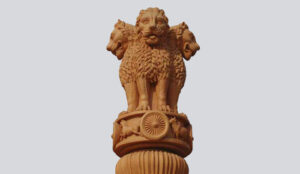
The national emblem of India is the Lion Capital of Ashoka at Sarnath. On a circular abacus, four Asiatic Lions are arranged in a row. A sculpture of an elephant, a horse, a bull, and a lion may be found on the abacus. Wheels separate these from one another. The National Emblem is perched atop an inverted lotus blossom that is fully bloomed.
On January 26, 1950, the Indian Government officially accepted the symbol along with its many owners. However, the symbolic and official sign currently shows three of the four lions in addition to the well-known Dharma Chakra in the exact middle of the base. The lions are accompanied by a bull and a horse on either side.
